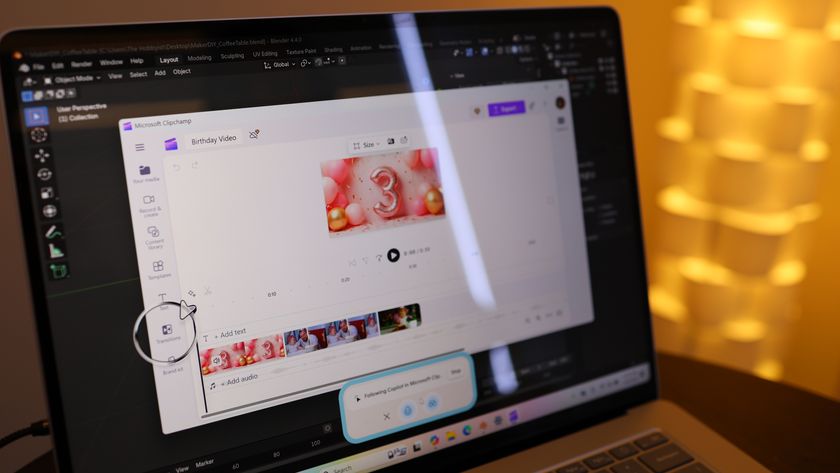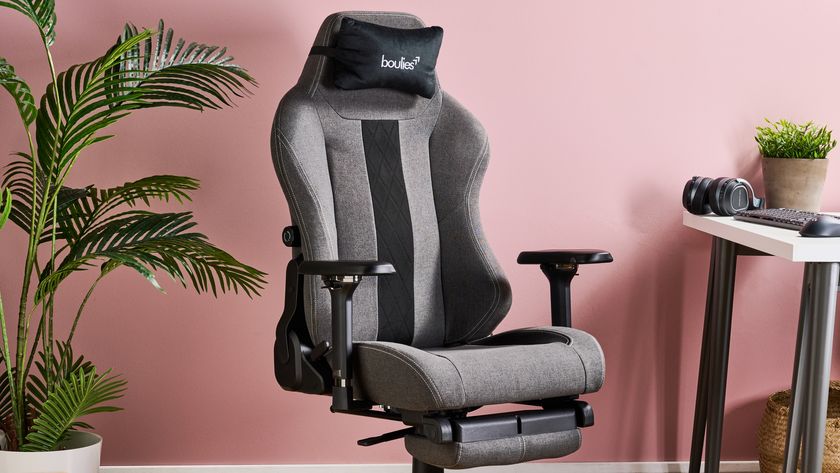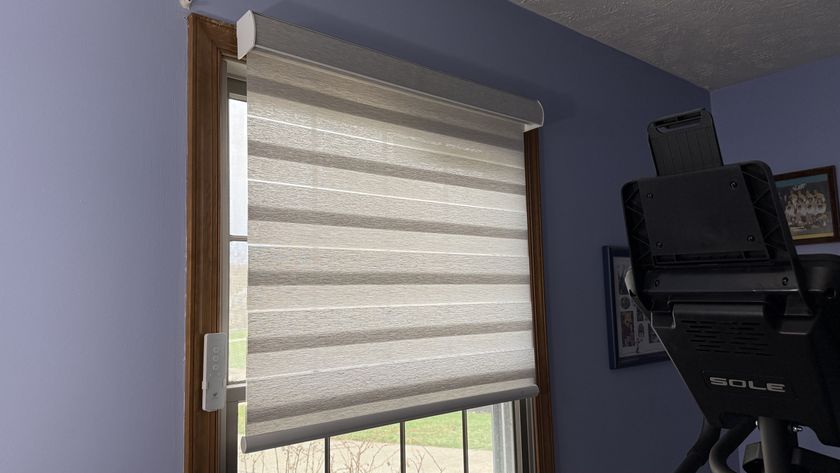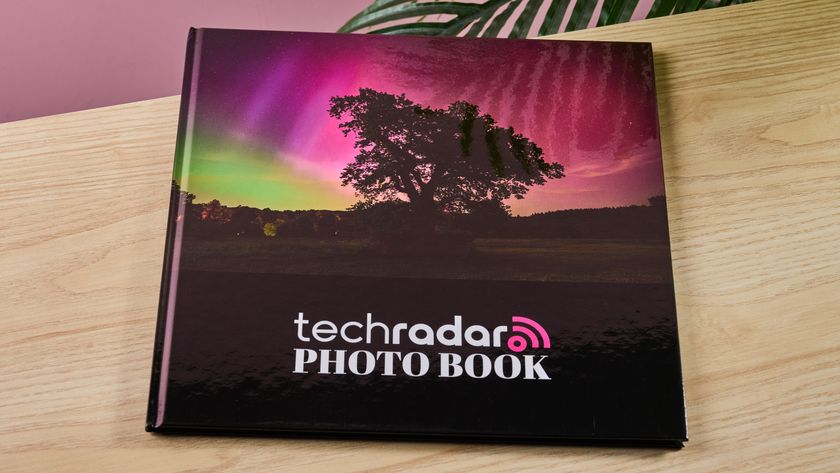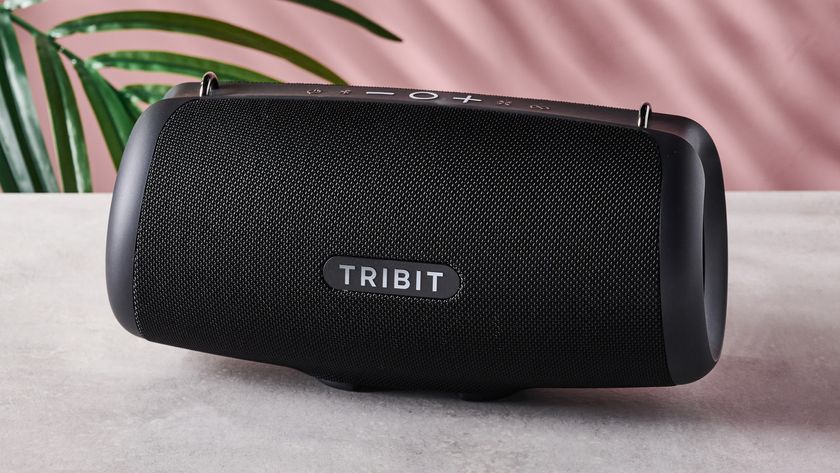TechRadar Verdict
At £430 some may argue that the HS20 is a little over priced for the quality of images it produces, yet its wealth of high-end specs certainly help to quell any qualms
Pros
- +
Manual controls
- +
Multitude of movie-making options
- +
Improved 360 degree panorama feature
- +
Raw file recording
- +
Battery life - 300 plus on 4 AAs
Cons
- -
Off kilter metering and exposure in Auto modes
- -
Difficult to lock focus up close and at telephoto end
- -
LCD not as flexible as would have liked
- -
Limited effects selection
- -
Issues with in-camera menu/display system
Why you can trust TechRadar
Fuji HS20 review: Overview
The new FinePix HS20 enters the super zoom market as a replacement for the once popular HS10.
Sporting a handful of similar attributes to the HS10, including manual and semi-manual shooting modes, the HS20 is aimed at those who desire a camera with heighted technology that can produce the same picture quality of a DSLR in a trimmed down body, all at a more affordable price tag.
With a recommended retail price of £399 however, the HS20 could cost consumers more than some entry-level DSLRs, but with a bumper selection of advanced specs on offer perhaps the new Fujifilm could make a more enticing buy for amateur enthusiasts not ready to up the ante to the DSLR platform.
In many respects avid camera-lovers may not notice a great deal of difference between the new HS20 and its predecessor at first; especially as both units boast the same: 30x zoom offering an impressive focal range of 24mm wide angle to 720mm telephoto, external aesthetics, free angle LCD, full 1080 HD movie recording mode, motion panorama and power source of AA batteries.
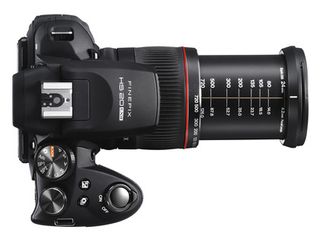
Dig a little deeper and we discover a roll-call of features that would make most its swoon: an improved pixel count of 16 million, extended dynamic range of up to 1600%, 27 scene modes, a Photobook Assist function, supports TTL flash, is SDXC compatible, offers film simulation effects and an improved 360 degree Motion Panorama mode, boasts the inclusion of a new EXR processing engine and delivers high speed continuous shooting providing full resolution images at 8 frames per second and 11 frames per second at 8MP.
Image stabilisation is provided in a three-fold-action plan that aims to reduce user confusion as well as camera shake. The manufacturer claims that firstly the EXR CMOS sensor moves during exposure to eradicate shake, and employs Pixel Fusion to increase sensitivity and boost shutter speeds. As a final measure the EXR Auto option promises to deliver Advanced Anti-blur technology that sees four shots taken in succession combined to deliver one shake-free image.
Current page: Fuji HS20 review: Overview
Next Page Fuji HS20 review: Build and handling


